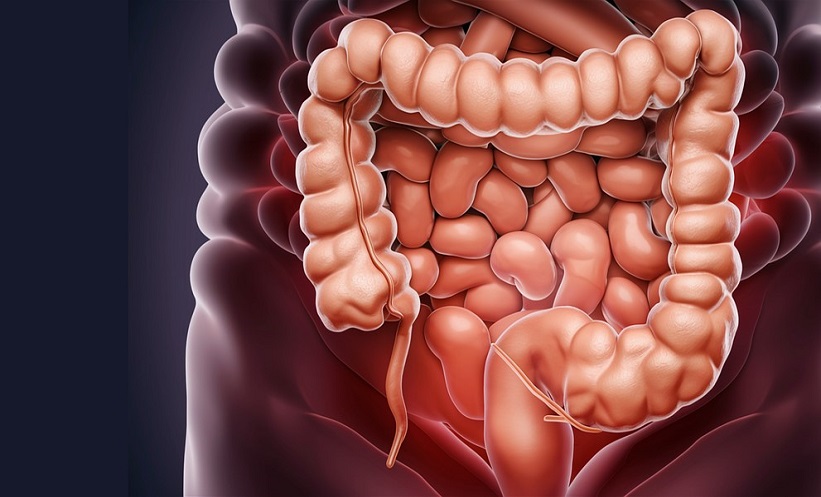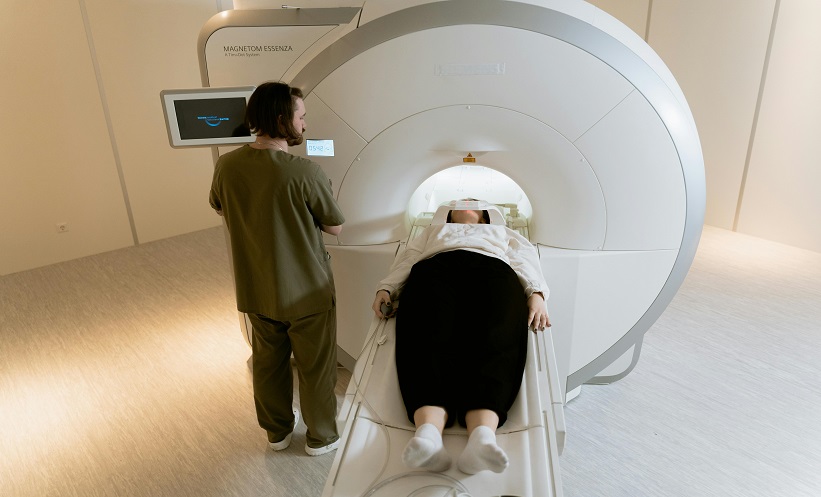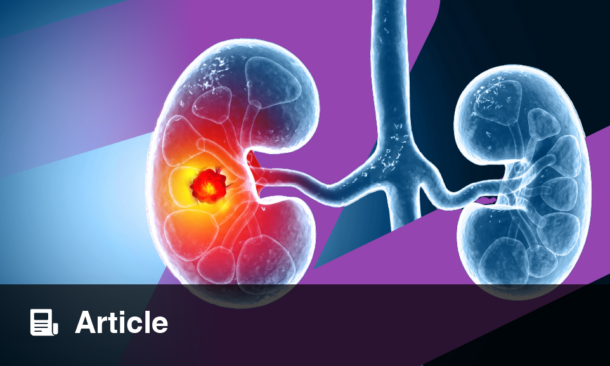A NEW study has confirmed that combined endobronchial ultrasound and endoscopic ultrasound (CUS) is a highly reliable tool for ruling out N2 disease in patients with PET-negative lung cancer.
The researchers, based in Poland, found that while N2 disease prevalence in PET-negative mediastinal lymph nodes is low, CUS achieved a high negative predictive value (NPV). These results were found to be independent of clinical factors. This research provides novel insights into the diagnostic performance of CUS across different patient populations.
PET imaging is known for its high sensitivity in detecting lymph node metastases in lung cancer. However, researchers note that it has limitations, particularly in identifying N2 node metastases. Undetected N2 disease can significantly impact cancer staging and treatment planning.
Previous studies have suggested that CUS fine-needle aspiration biopsy has high sensitivity and NPV for detecting lymph node metastasis. However, its effectiveness may depend on the size of metastatic deposits, which tend to be small in PET-negative nodes.
The team examined the effectiveness of CUS-guided fine-needle aspiration biopsy in identifying N2 disease in patients with non-small cell lung cancer (NSCLC) who had PET-negative mediastinal lymph nodes. The study also assessed whether clinical characteristics influenced the likelihood of false-negative CUS results.
The retrospective single-centre study included data from 596 patients who underwent PET-CT, followed by CUS imaging and lung resection with systematic lymph node dissection. Pathological examination of lymph nodes was used as the reference standard.
The researchers reported an N2 disease prevalence of just 8%. While CUS demonstrated a low sensitivity of 14% for detecting N2 disease, it achieved high specificity (98%) and NPV (93%). Notably, no significant associations were found between CUS measures and clinical factors such as age, sex, body mass index (BMI), tumour grade, lobar location, or histological type (p > 0.05 for all).
Among 43 patients with negative CUS results, 37 had minimal N2 disease. Additionally, six of the 596 patients in the study had more than minimal disease (N2b) that CUS failed to detect.
CUS achieved an NPV of 98% for minimal N2 involvement, suggesting that it is a highly reliable method for excluding advanced N2 disease in most patients.
The study authors have called for prospective studies with more diverse patient cohorts to validate these findings further.
“Future research should also explore the potential for integrating CUS with other diagnostic modalities to improve sensitivity without sacrificing specificity,” they concluded.
Victoria Antoniou, EMJ
Reference
Gambus K et al. Diagnostic validity of combined transbronchial and transoesophageal ultrasound in positron emission tomography node–negative lung cancer. Clin Radiology. 2025; DOI:10.1016/j.crad.2025.106843.








